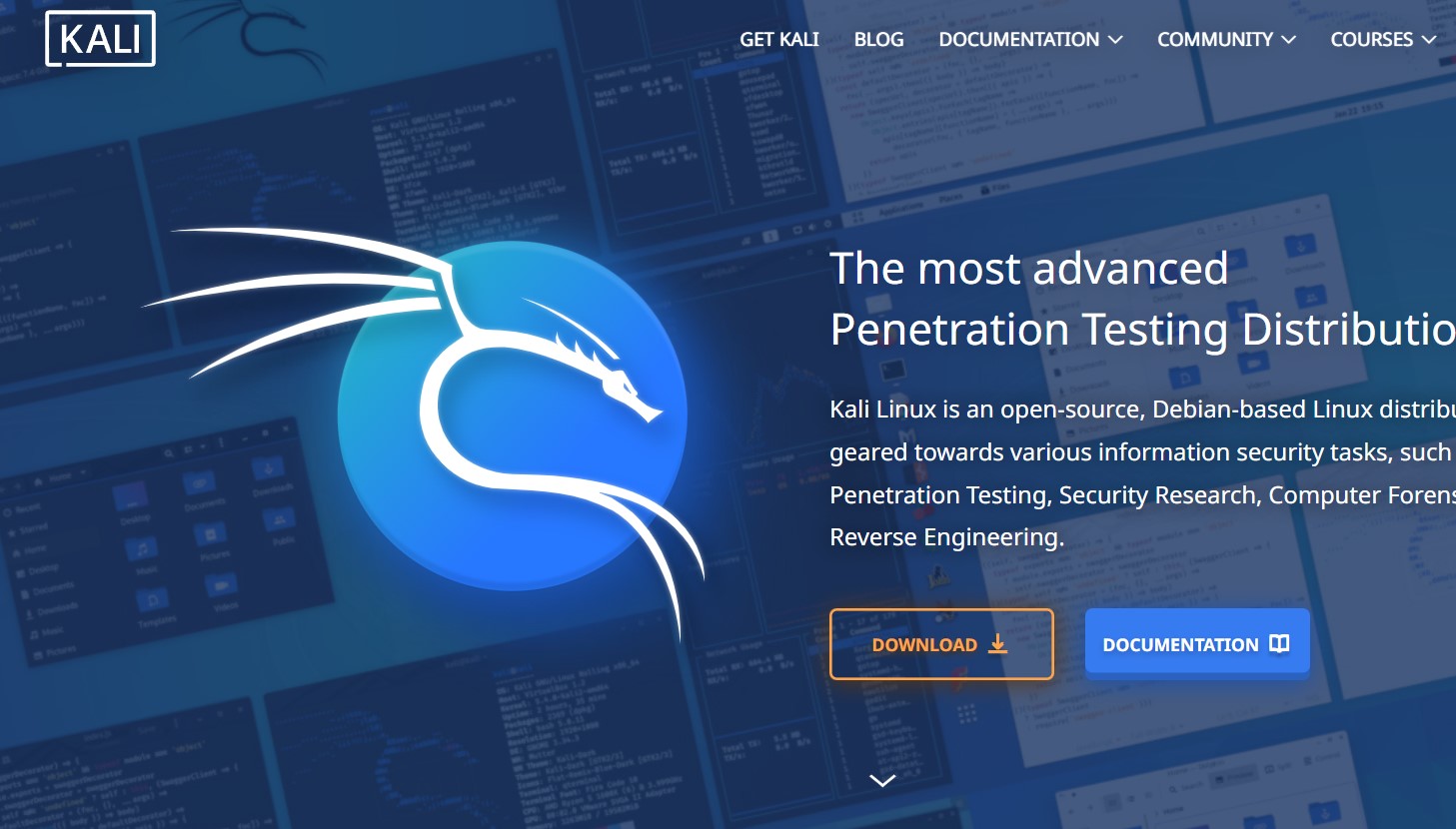Before knowing which of these two technologies is better or has better benefits for its users, we must clarify what Linux is and everything that can be done with this operating system, one that is not as popular as Windows or MacOs but just as powerful.
On their official website they define it this way “Like Windows, iOS and Mac OS, Linux is an operating system. In fact, one of the most popular platforms on the planet, Android, runs on the Linux operating system. An operating system is a software that manages all of the hardware resources associated with your desktop or laptop computer. In a nutshell, the operating system manages the communication between your software and your hardware. Without the operating system (OS), the software would not work."
Linux is one of the favorite operating systems among developers, as explained by one of its experts on the Linux page “I have used Linux for almost 20 years (both as a desktop and server platform) and have not had any problems with it. ransomware, malware, or viruses. Linux is generally much less vulnerable to these kinds of attacks."
Kali Linux

Kali Linux (previously known as BackTrack Linux) is a Debian-based open-source Linux distribution intended for advanced penetration testing and security auditing. Kali Linux contains several hundred tools intended for various information security tasks such as penetration testing, security research, computer forensics, and reverse engineering.
This technology offers a freely available and accessible multi-platform solution for information security professionals and enthusiasts.
Among the most attractive features of Kali Linux are:
- It has over 600 testing tools included, all verified by Kali's team of experts.
- It is a technology thank you and always will be.
- Open source Git tree, means that the development tree of the technology is open for anyone to see.
- FHS Compliant: Kali adheres to the file system hierarchy standard, allowing Linux users to easily locate binaries, support files, libraries, etc.
- Developed in a secure environment, which offers its clients a haven for their data, which is handled by a small team of individuals, all following multiple security protocols.
- It has support for multiple languages: its official documentation is written in English, but it allows its developers to work in multiple languages.
- On their website, they explain "Kali Linux has a custom kernel, patched for injection: As penetration testers, the development team often needs to perform over-the-air testing, so our kernel includes the latest injection patches."
Red Hat Linux
“Red Hat offers hardened, open-source solutions that make it easy for businesses to work across platforms and environments, from the core data center to the network edge. By operating in a transparent and responsible manner, we continue to be a catalyst in open source communities, helping them build powerful and flexible IT infrastructure solutions.

Among the main features of Red Hat Enterprise Linux, in its most recent version, the following stand out:
- Quick and easy setup
- Install apps with a single command
- Container development tools
- Open source projects, such as OpenShift, web tools, and databases.
- Systems and applications with reinforced security.
Among the advantages of using Red Hat is its certification for cloud computing, as they say on their official website "every cloud is unique, so you need a flexible and stable operating system."
Kali Linux or Red Hat Linux?
In the specialized site Stackshare, they were in charge of asking their users this same question, asking them to leave their comments on which Linux-based system was the best, listing the advantages and disadvantages of each one.
Among the advantages of Kali Linux they highlighted: its penetration testing tools come pre-installed, also the large number of these tools it has, it can run on x86 and ARM platforms, and it is Debian so, according to Stackshare users, it has better support than Red Hat Enterprise Linux.
For its part, Red Hat Enterprise Linux apparently did not have the favoritism of the experts, who highlighted the learning curve as its only advantage, making it clear how easy it can be to learn to use this technology.
At Slant, another community of developers and experts in cloud computing technologies, they decided on Kali Linux, noting “In the question “What are the best Linux distributions for misanthropes?” Kali Linux is ranked 37th, while Red Hat Enterprise Linux is ranked 111th. The biggest reason people chose Kali Linux is: It contains too many tools to hack. Those tools are not yet included in BackBox or ParrotOS.”
Users of the same portal considered Red Hat Linux to be the safest when it comes to developing services for professionals and companies, considering it the safest and least prone to external cyber-attacks.
At the end of the day, it is up to the user to choose the technology that best suits their project or their needs. Both Kali and Red Hat are two of the most widely used Linux cloud computing systems and effective solutions for thousands of companies around the world.
At Rootstack, our experts have worked hand-in-hand with Red Hat to create fast and effective solutions to problems presented by our regional and international customers. If you are interested in knowing what we can do for your company, contact us.
We recommend you on video

